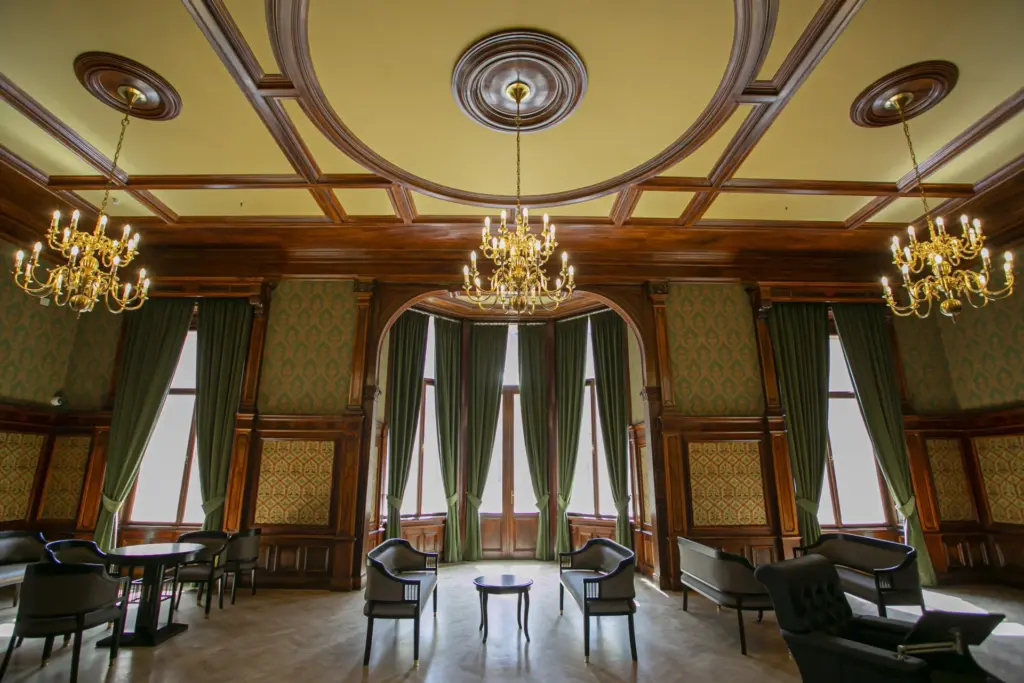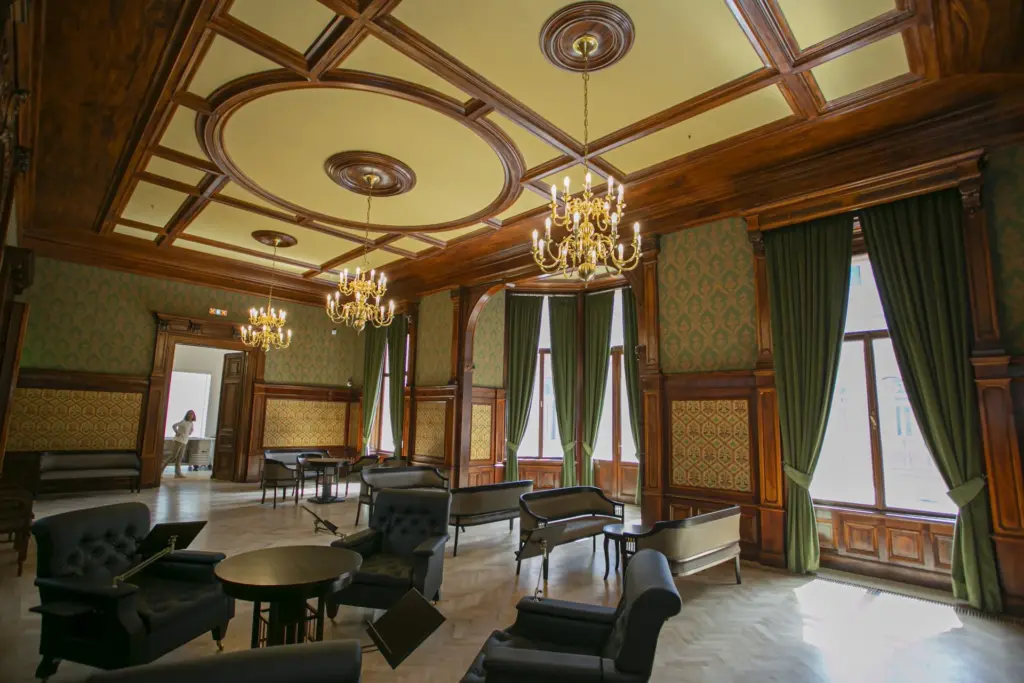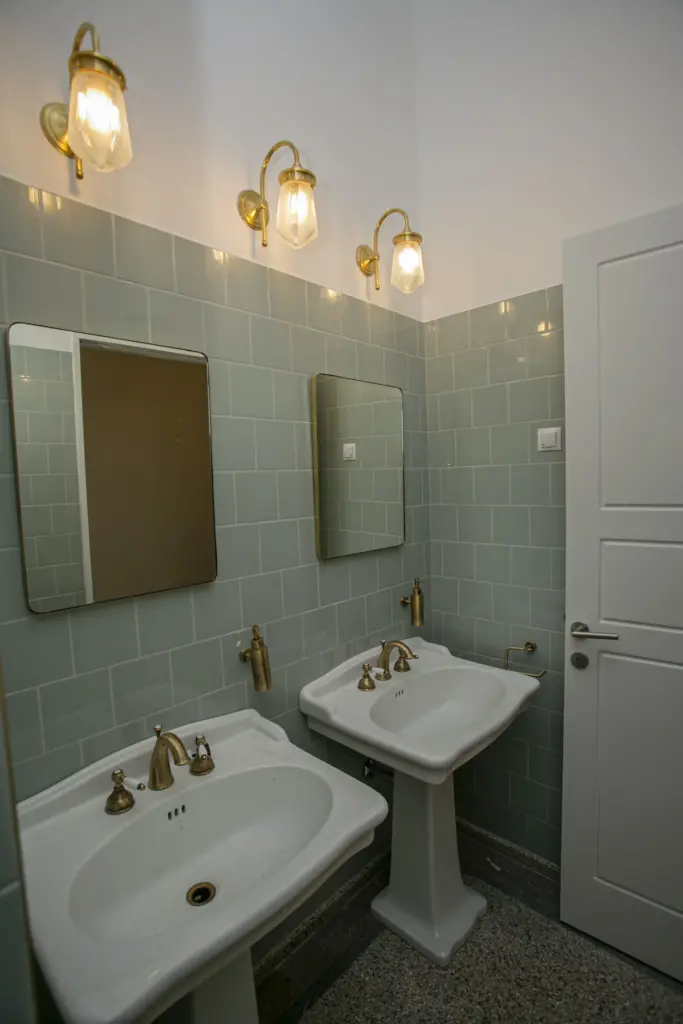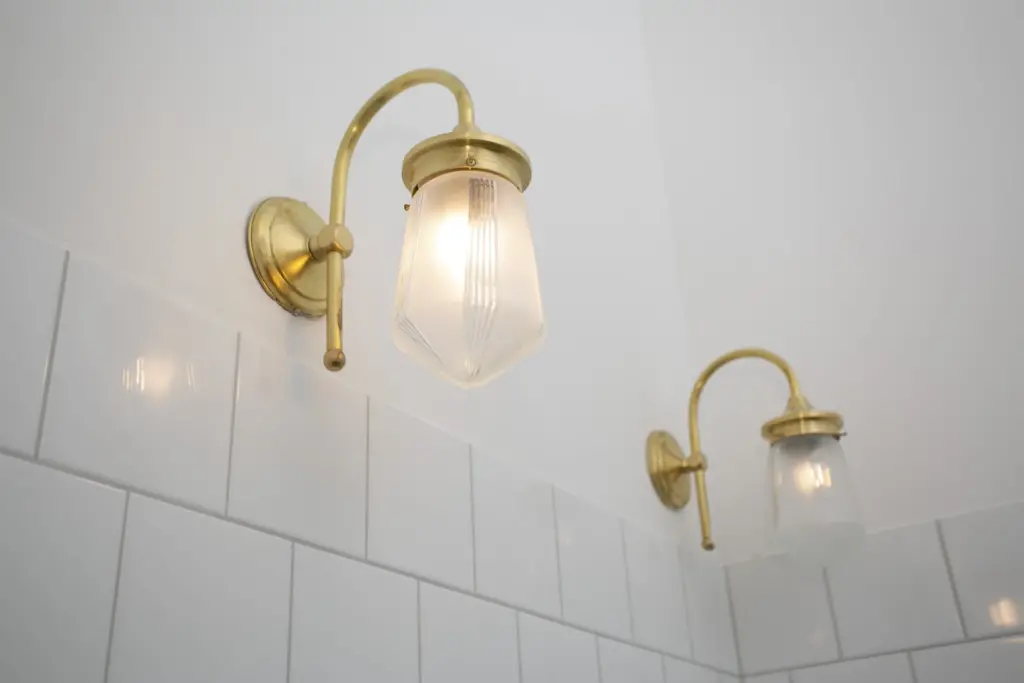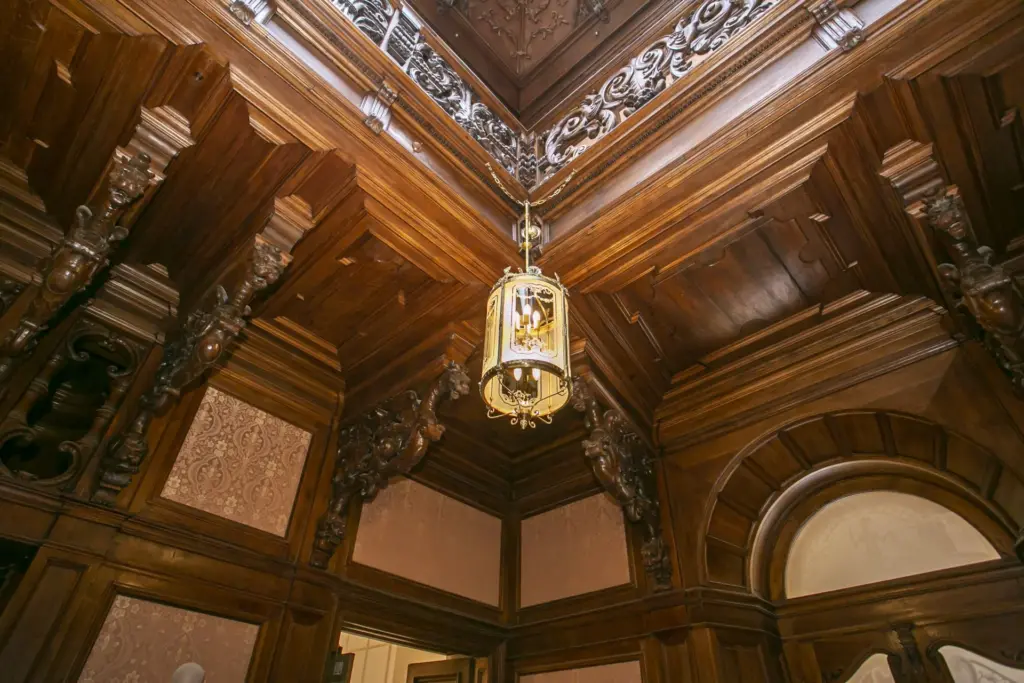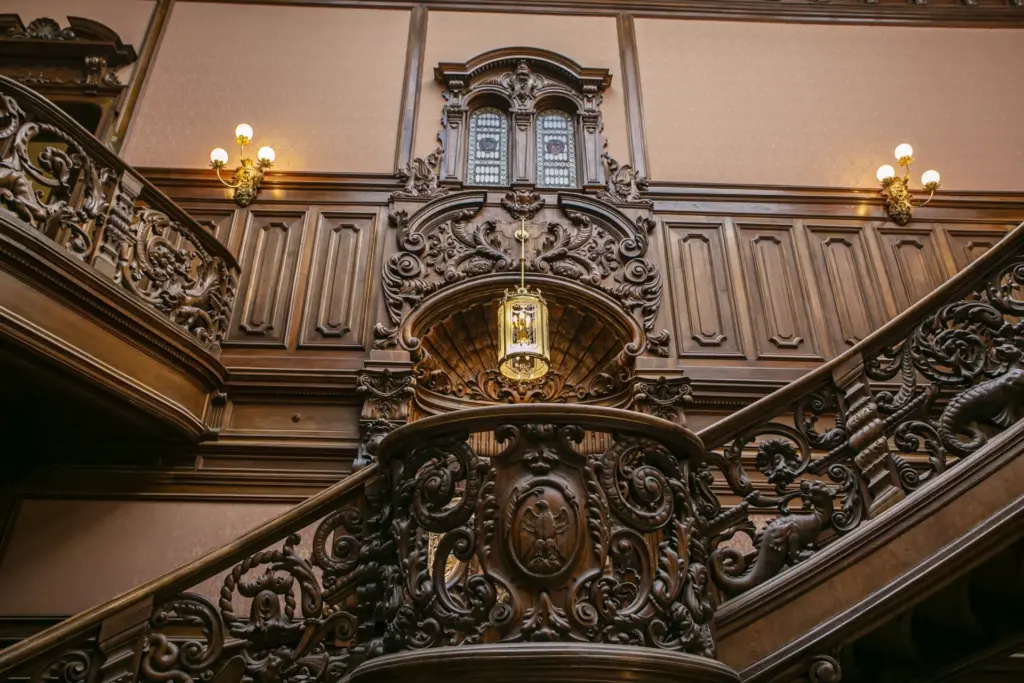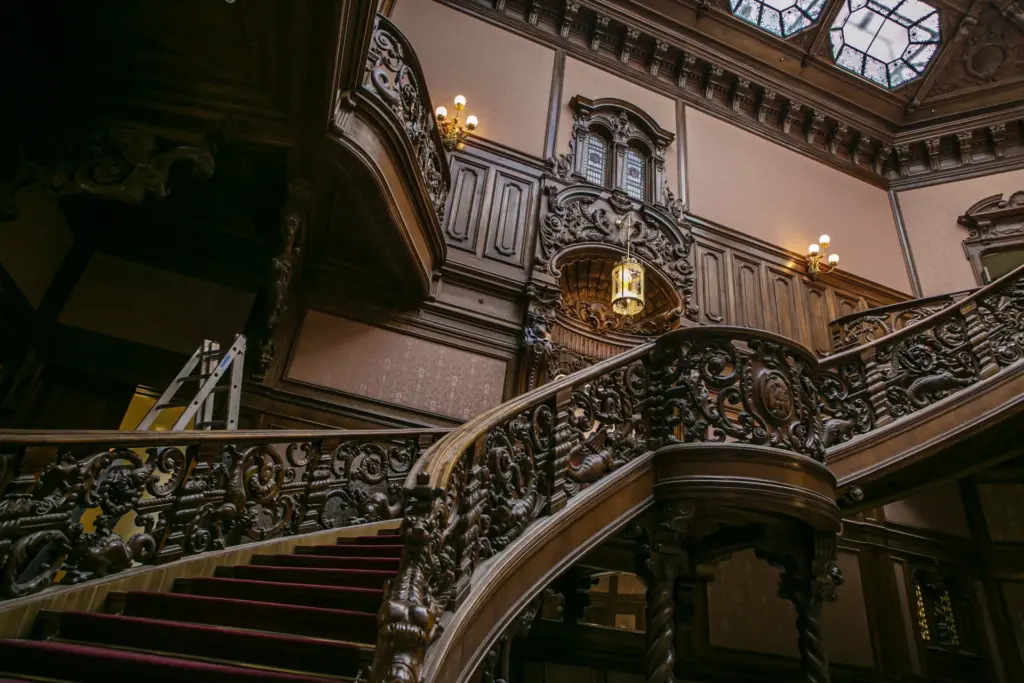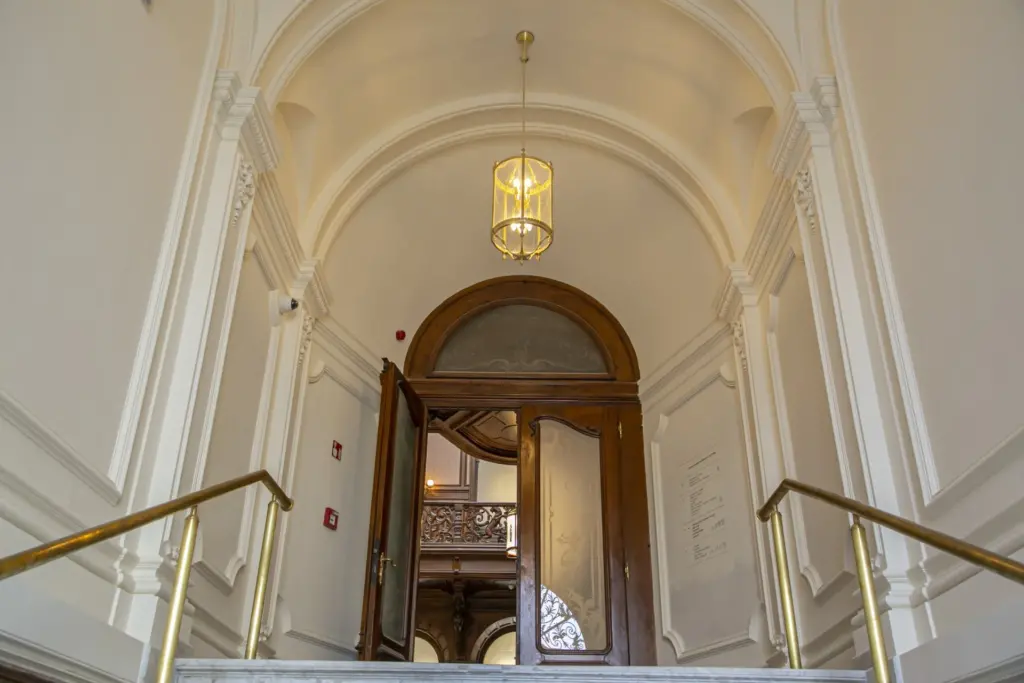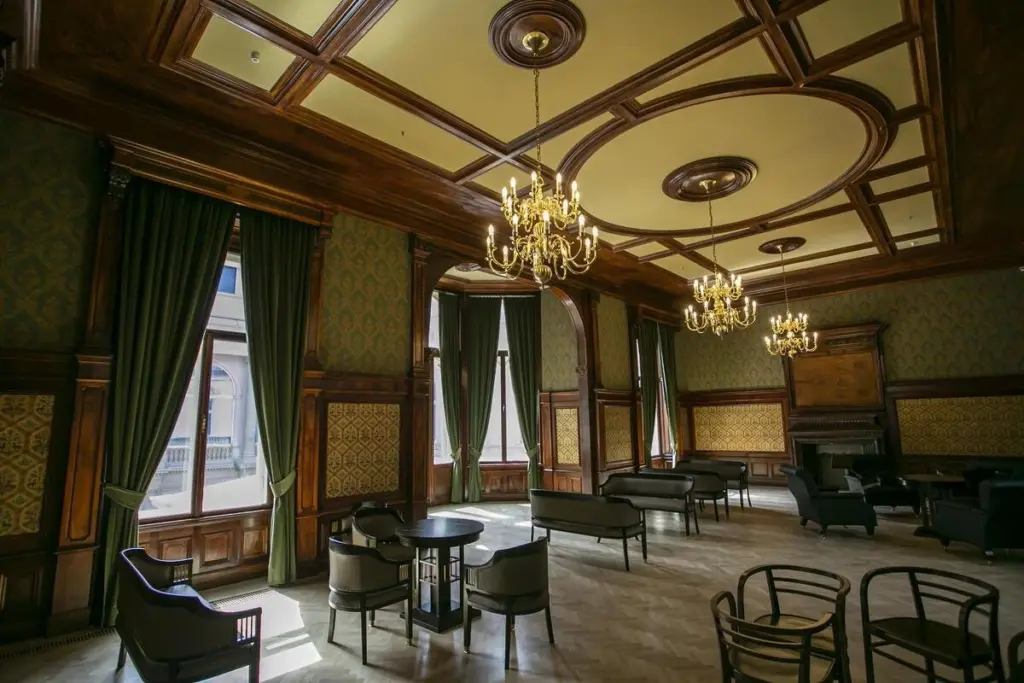Low shipping costs, fast and secure delivery throughout the USA.
Károlyi-Csekonics Palace
We are always happy to accept the challenge of renovating an iconic building with our custom-made brass lamps. This was also the case with the Károlyi-Csekonics Palace, which was one of our favorite projects in 2020.
Károlyi-Csekonics City Palace
In early summer 2019 the managing director of Patinas Lighting Ltd, Mr. Csaba Károlyi has signed a contract for reproduction of historical luminaires for the Károlyi-Csekonics city palace in Budapest’s Palotanegyed (Palace District). One of the four Károlyi Palaces in the district, known as the István Károlyi or Károlyi-Csekonics Palace was designed and built by the Austrian Fellner and Helmer Architectural Studio. They designed over 200 buildings (mainly opera houses and apartment buildings) across Europe in the late 19th century and early 20th century, which helped bind the Austro-Hungarian Empire together and cement Vienna as its cultural center.
Patinas Lighting was assigned to reproduce around 130 large chandeliers and pendants. Since the quality of the received photographs was quite poor we needed a strong cooperation with the responsible conservators in order to receive all the tiny details that were required from us for the implementation of the project. In some cases the preparation took longer time then the actual production. Our craftsmen have made lanterns, cast brass chandeliers adorned with 31% lead crystals and wall lights based on historical evidence. The Palace has had also Czech crystal chandeliers in its rooms that could not be saved from the past decades, so the client has decided to custom order Maria Theresia chandeliers from our partner from the Czech Republic.
As the building will serve as an educational center it will have a conference hall, an auditorium and several class rooms with offices. This part will be enlighted with Patinas’ standard lamps from the art deco & contemporary selection.
The project was finished in early summer 2020.
A few words about the building of the Károlyi-Csekonics Palace
The Károlyi-Csekonics Palace once served its owners as a count’s residence, which is still evident today in the building’s dazzling appearance and neo-baroque style. Nowadays, however, it plays an even more important role in the life of the capital: as a building, the Károli Gáspár University serves hundreds of students every day.
This duality is not only reflected in the history of the Palace, but also in its building: the meeting of eras and styles lends it a very special atmosphere.
The building itself connects two streets oin Budapest: the Múzeum Street part once served as residential area of family, while the Revicky Street building – which today serves as the hall of the building – housed the staff and a stable.
The residence on Múzeum Street has recently undergone a complete reconstruction: the building was renovated based on strict historical preservation criteria, in which we were happy to participate by reproducing historical lamps and also making new designs.
The rebirth of the Károlyi-Csekonics Palace
The magnificent, neo-baroque-style part of the building has been under construction since 2019. The dazzling Ballroom has been refurbished, where the inlaid parquet floor and the artificial marble-clad walls create an exceptional overall effect. The rooms on the first floor such as the Countess suite, the cigar room, the dining room and the ladies salon once were, have also been restored and reconstructed.
The renovation of the building was a state project, the construction company found our company, Patinas lighting, worthy of the task of making the Palace lamps.
Our project: the lamps of the Károlyi-Csekonics Palace
Since we had to comply with strict monument protection rules during the reconstruction of the ornate building, most of the lamps made were manufactured based on original pieces.
Being a state project, we participated in a multi-stage decision-making process during the project. The reproduction of the original lamps was carried out after many consultations and original photos. During production, we made every effort to create valuable and exclusive pieces identical to the originals: the work process was preceded by a long consultation, during which we assessed the condition of the antique lamps, compared them with archival footage, and examined whether any piece can be saved?
After that, the sample production started based on the footage available. The photos and descriptions gave us the direction, from which made casting casting tools, so that finally these unique pieces could be born from brass.
